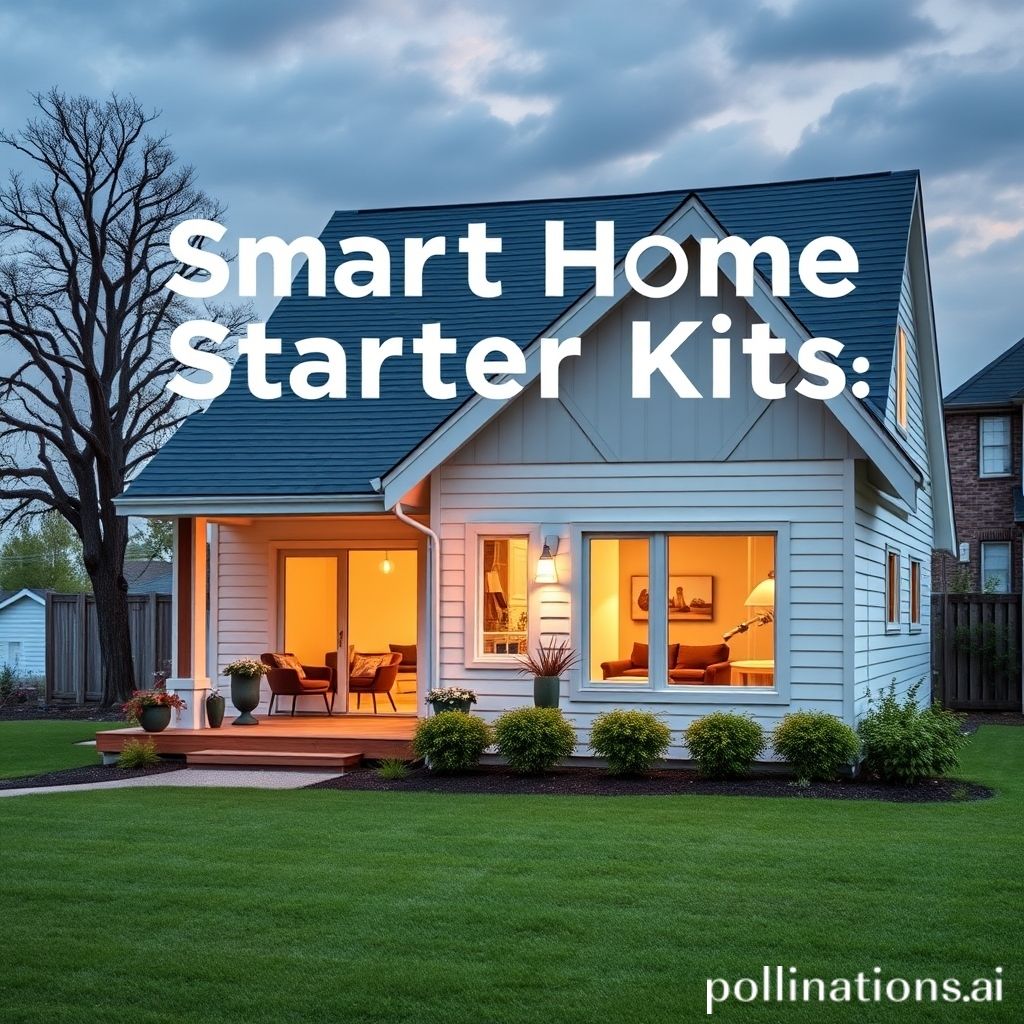Energy Face-Off: Are Modern Air Fryers More Energy Efficient Than Convection Ovens? A Detailed Data Dive and Comparison
In the quest for a greener kitchen, many home cooks are questioning the energy consumption of their appliances. Two popular contenders are air fryers and convection ovens. Both promise crispy, delicious food, but which one is the more eco-friendly option? Let’s dive into a detailed comparison, analyzing energy consumption data to determine the champion of energy efficiency.
The Science Behind the Heat: How They Work
To understand the energy consumption differences, it’s crucial to grasp how air fryers and convection ovens operate. Convection ovens are essentially traditional ovens equipped with a fan that circulates hot air, ensuring more even cooking and faster cooking times than conventional ovens. This forced air circulation reduces hot spots and promotes uniform browning. Air fryers, on the other hand, are essentially small, powerful convection ovens. They use a rapidly circulating fan to blast hot air around the food, mimicking the effect of deep frying with significantly less oil. The compact size and powerful fan contribute to their speed and efficiency.
The key difference is volume. Convection ovens heat a much larger space, requiring more energy to reach the desired temperature. Air fryers, with their smaller cooking chambers, heat up much faster and maintain temperature with less energy input.
Energy Consumption: Data and Analysis
The energy consumption of both appliances depends on several factors: wattage, cooking time, and temperature. However, some general trends emerge when comparing similar cooking tasks. For example, baking a batch of cookies can serve as a comparison point. A full-sized convection oven might require 30-45 minutes to bake cookies at 350°F (175°C), consuming around 2000-3000 watts in the process. An air fryer, conversely, might achieve the same result in 15-20 minutes at a slightly lower temperature (320°F/160°C), consuming only 1000-1500 watts.
These numbers highlight a significant difference. While wattage indicates instantaneous power draw, the crucial factor is the total energy consumed (kilowatt-hours or kWh) over the cooking duration. Due to their faster cooking times and smaller heating volume, air fryers generally use significantly less energy per cooking task.
It’s important to note that specific models vary. Always check the appliance’s energy label for accurate wattage information. Also, consider preheating times; a long preheating cycle can negate some of the energy savings of a convection oven.
Real-World Scenarios and Practical Considerations
Beyond lab tests, consider how these appliances are used in daily life. Air fryers excel at smaller portions and quick meals – reheating leftovers, cooking snacks, or preparing single-serving dishes. For these tasks, they are undoubtedly more energy-efficient than firing up a full-sized convection oven.
However, convection ovens shine when cooking larger quantities or roasting entire meals. If you regularly cook for a family or entertain guests, the larger capacity and even heating of a convection oven might be necessary, despite its higher energy consumption. It all comes down to usage patterns and typical cooking needs.
Other factors to consider include insulation, which can affect how well an oven maintains temperature, and the age of the appliance. Older appliances tend to be less energy-efficient than newer models.
The Verdict: Efficiency and Eco-Friendliness
In conclusion, when comparing energy efficiency for similar cooking tasks, modern air fryers generally outperform convection ovens, especially for smaller portions and quicker meals. Their smaller size and rapid heating technology result in lower energy consumption. However, convection ovens remain valuable for larger-scale cooking. By understanding your cooking needs and comparing appliance specifications, you can make an informed decision that minimizes your environmental impact and saves energy in the kitchen. Choosing the right appliance for the task at hand is key to a greener cooking routine.



